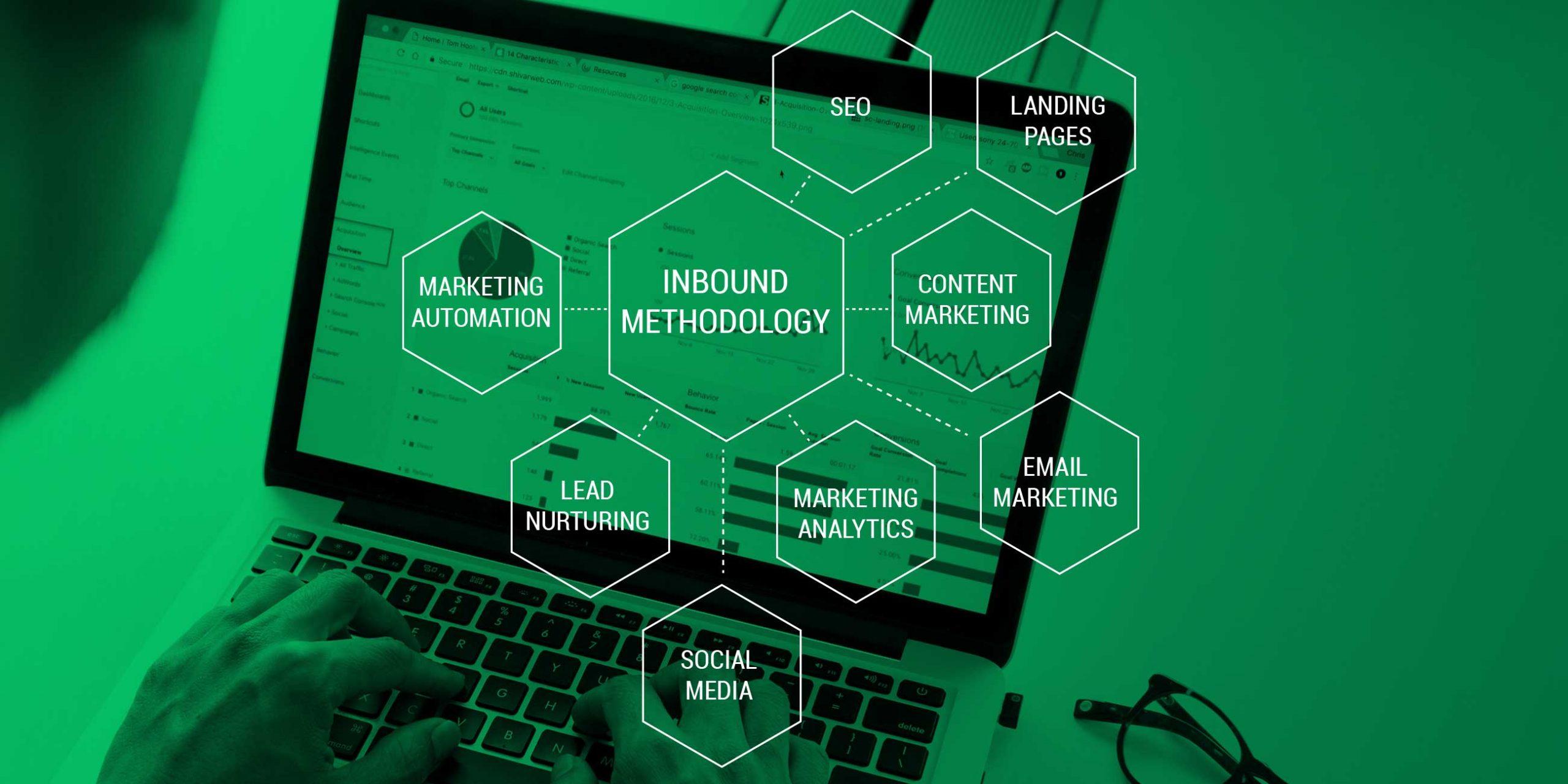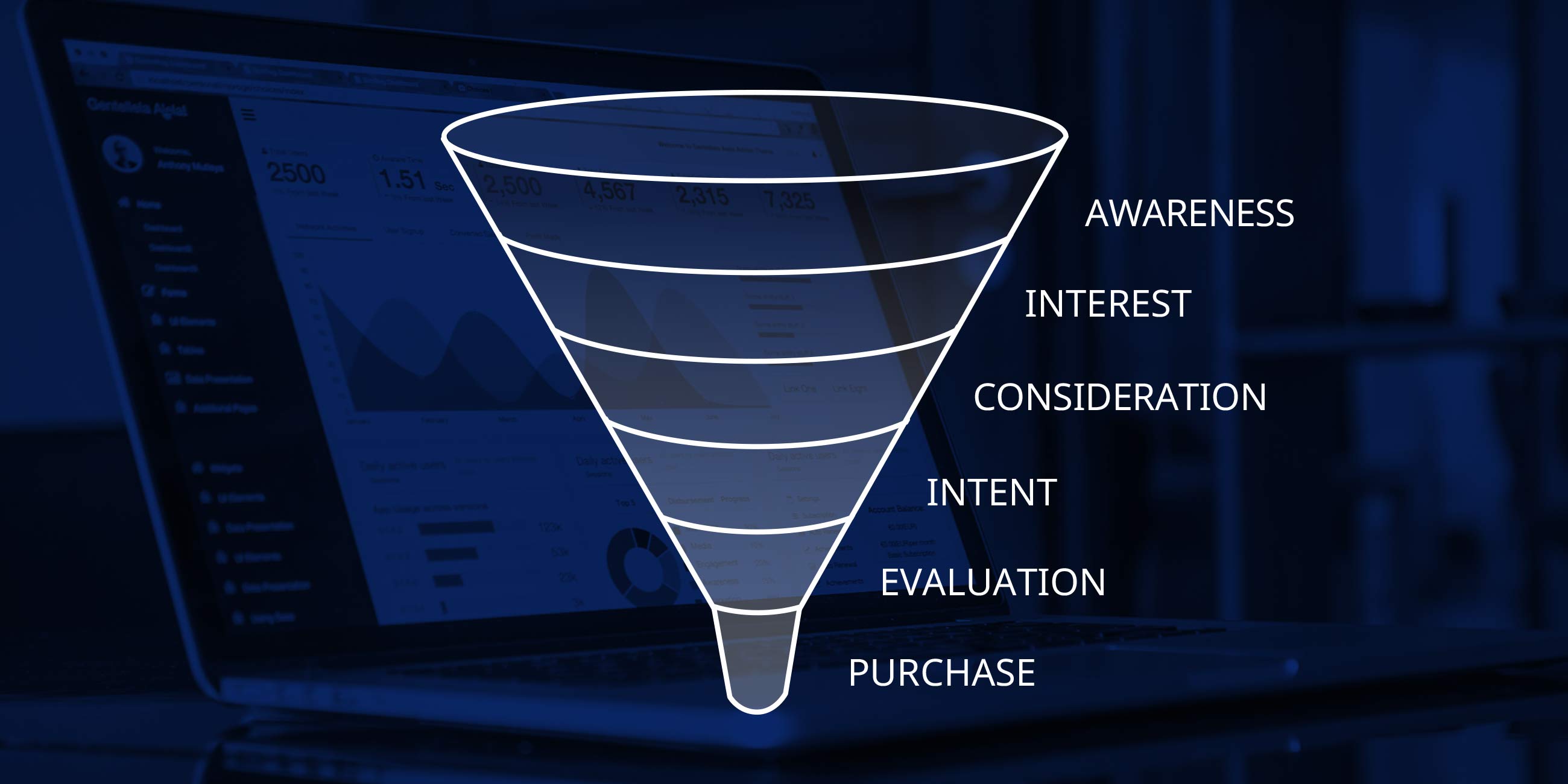Businesses focused on growth constantly evolve. A business that remains stagnant may grow incrementally, but to see steady, sustainable growth, innovation must be part of your strategy. To remain highly competitive in the current environment your online marketing strategy, and by extension your website, need to keep up with your company’s goals.
For large companies, a full redesign every two years is considered best practice while mid-size and small businesses should consider a website update or redesign every three years with incremental updates constantly in the pipeline.
But the decision to redesign your website should not merely be based on what “most businesses” do. Instead, it’s essential to look to your business goals and metrics in order to choose the best course of action and investment of resources. A high-performing business website needs to combine visual design and message clarity with a strategic approach to lead generation through an organic search and content plan. If your website is not performing in terms of traffic (e.g., you’re not getting enough visitors) or conversions (e.g., visitors aren’t contacting or engaging with you), it’s time to make some improvements.
A Website Redesign is Opportunity for Business Growth
Being proactive with your marketing budget and approaching your website as a strategic tool will help a business in all economic environments, especially downturns. An effective website can act as a salesperson, a marketing expert, and a customer service agent. Done well, and with the right analytics in place, investing in your website strategically can have an enormous return on investment.
The best websites are equal parts business, design, and technology, meaning you should have a strong foundational strategy in place before embarking on a redesign. When you master the four cornerstones of a high-performing website—content strategy, search engine optimization, lead generation, and technology stack—you’re on your way to building a marketing machine that runs 24/7 and delivers a return on your investment. A good agency can help you with each step of the process and make sure your budget goes as far as possible towards helping you achieve your business goals.

Use Inbound Marketing Methodology for Improved Results
A business website redesign gives you an opportunity to create a site that is guided by marketing strategy and aligns directly with your company’s overall marketing goals. A website design that keeps marketing top of mind, especially when built around the Inbound Marketing methodology, can generate more leads, more sales, improved customer loyalty and stronger brand awareness.
Utilizing a design process that operates under an Inbound Marketing mindset can have a huge positive impact on engagement and conversion rates because Inbound Marketing creates a positive user experience that will reflect your brand values, while delivering what your visitors want and need.
4 Essential Steps for Success

When thinking about designing for marketing success, here are the key steps that should guide your effort:
Identify Your Visitors
-
- Who are your visitors? Is your website designed to accommodate the needs of each target persona?
For instance, does it avoid jargon they may not understand, is it easy to navigate if they are less tech-savvy, and does it clearly direct visitors to the benefits that buying from you would have for them specifically?
-
- How did your visitors get to your website? Knowing where they’re coming from can help you decide what they should see and give you a sense of which marketing channels are working and which need attention.
Tracking your visitor sources can also inform your site design since a visitor coming through a general Google search will have much less information about your company than one coming from an owned social media channel or marketing email. You want to be sure you’re offering enough education and basic information as possible when it’s relevant and getting more into the details of your offerings once some familiarity has been established.
Get Insight for Your Strategy
-
- What is the purpose of each page and is it aligned with marketing goals?
Each page on your site should have a clear goal for the people that visit it. Do you want them to contact you? Fill out a form? Make a purchase? The more clear these goals are, the more effective your website will be in helping you grow your business.
-
- Throughout your website, are your visitors finding what they want and getting what they need?
The more time it takes someone to find the information they’re looking for — whether it’s pricing or a phone number — the less likely they will be to return to your site or to make a purchase. Easy navigation and clear calls to action are key.
-
- What stage of the customer journey are your visitors in when they reach specific pages of your site?
Design for each stage of the sales funnel — top, middle, and bottom — and nurture prospects down the funnel with relevant content.
Plan for Positive User Experience
-
- Where should your visitor navigate next?
No matter where your visitors land when they first get to your site, you should have a clear idea of where you want them to go next. If it’s not clear to you, it will not be clear to them and confusion is the last thing you want.
-
- What is the most helpful content you can provide?
During a website redesign, you have an opportunity to drill down into how you can make sure your site is really helping your customers. Figure out what questions they have most often and make sure that you’re providing content that is easy to find and that answers those questions clearly.
-
- What is the best form of content for each page?
You’ll also want to consider the format of the content you’re providing. It might feel redundant to put the same information in both an explainer video and a blog post, but some people would rather watch a video and others would rather scan a blog post. Be sure that everyone can get the answers they’re looking for in a format they like.
Measure and Improve
-
- Measure and optimize towards the content that helps move people down the funnel.
A website redesign is also the perfect opportunity to make sure you are collecting the metrics that will help you continuously improve your site’s performance. Start (or continue) collecting data about how users navigate your site, where they drop off (AKA bounce) and make a plan to improve those sections of the site that are underperforming or scaring people off.
-
- Before testing your design, be certain that you can accurately measure visitor activity using appropriate software.
Free tools like Google Analytics (GA) make it easy to see where visitors to your site are in terms of their customer journey and provide valuable insight into how people are using your site. Other tools, such as HubSpot, also provide integrated analytic data and insights.
Achieve Significant ROI with the Right Strategy
A website redesign is no small undertaking and the investment involved may seem daunting. However, the impact of your website on your business’ growth opportunities cannot be overstated. When done strategically with a clear end goal in mind, a website redesign can have a significant ROI and make a big difference for your business.
Considering a business website redesign? Download The Complete Guide to Your Next Website Redesign for everything you need to know about strategizing effectively before you invest.






